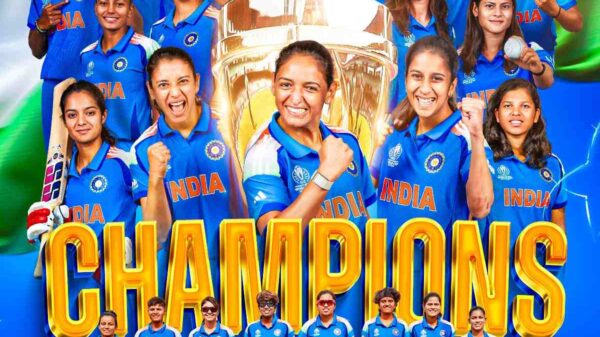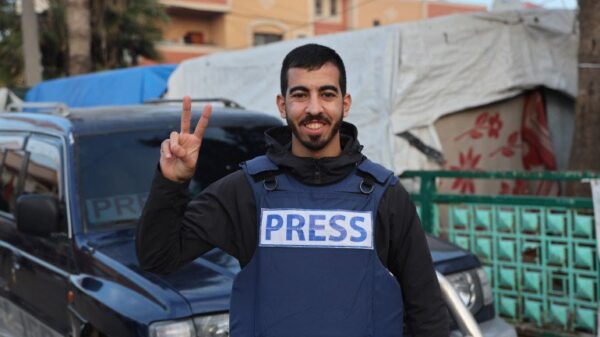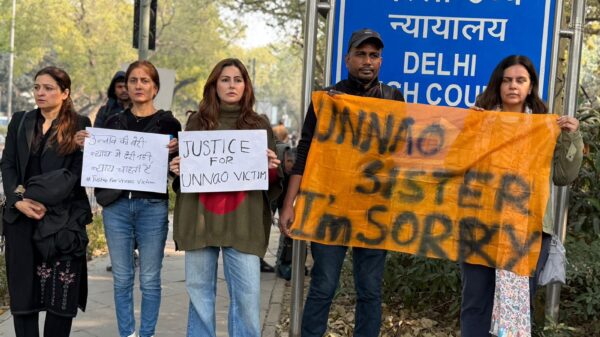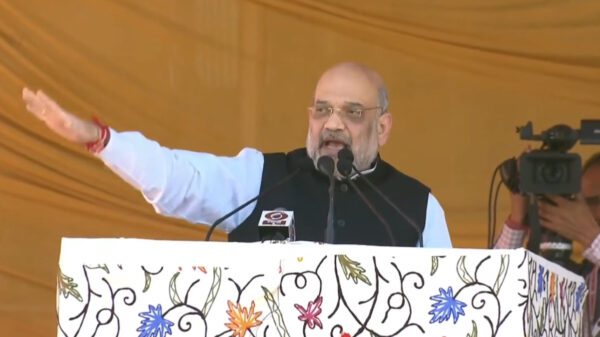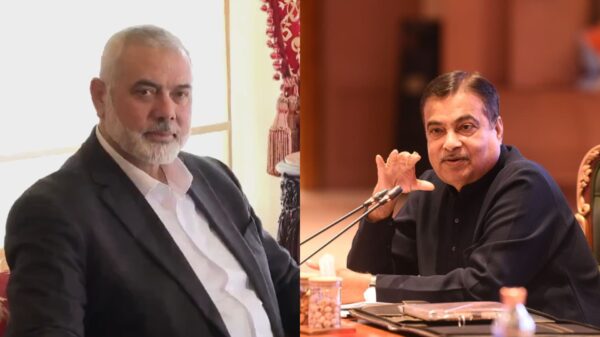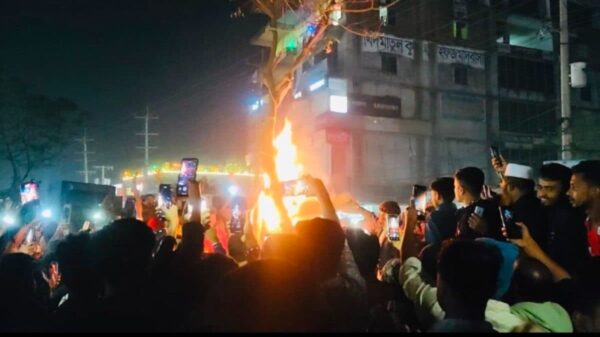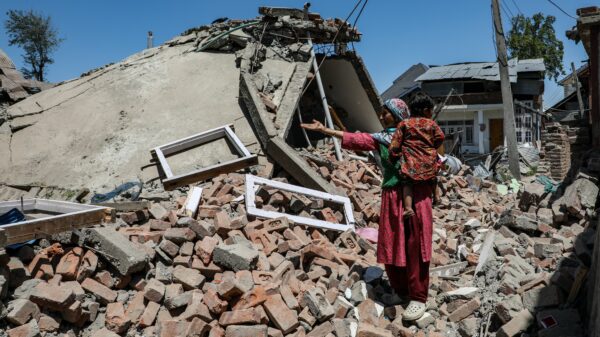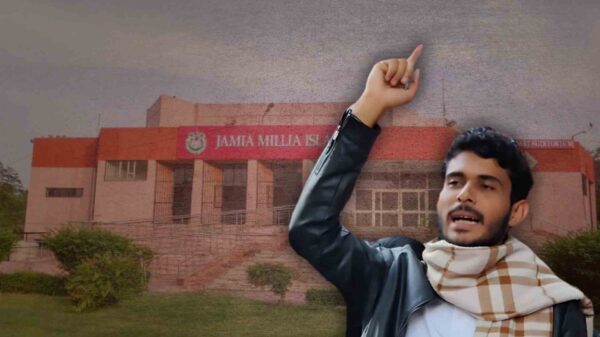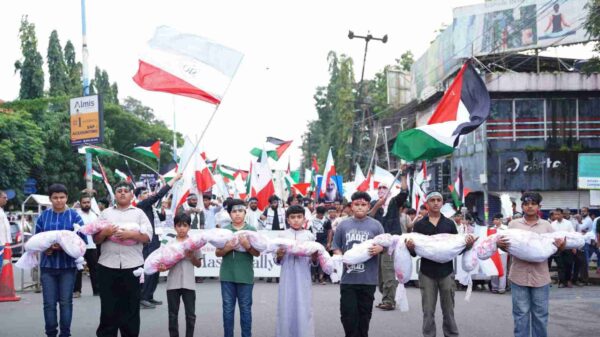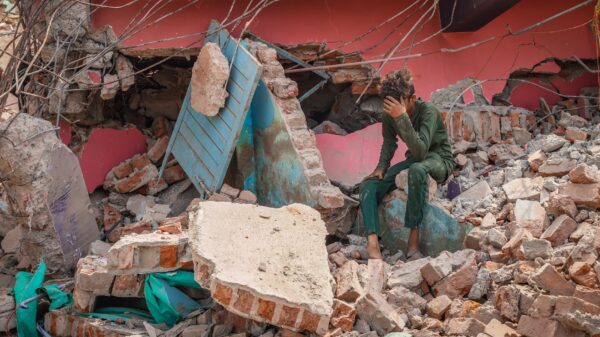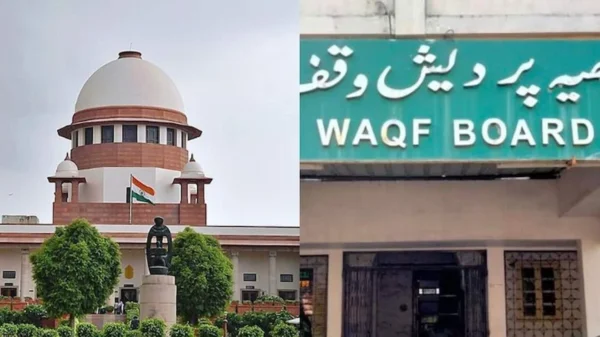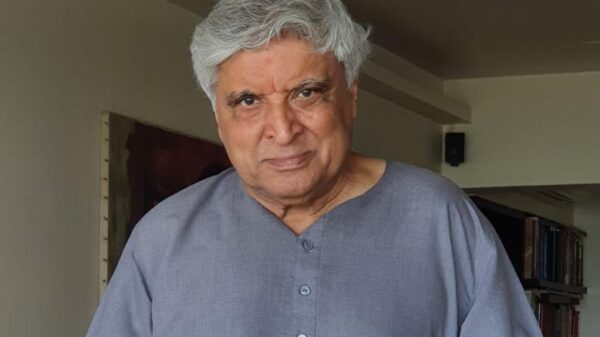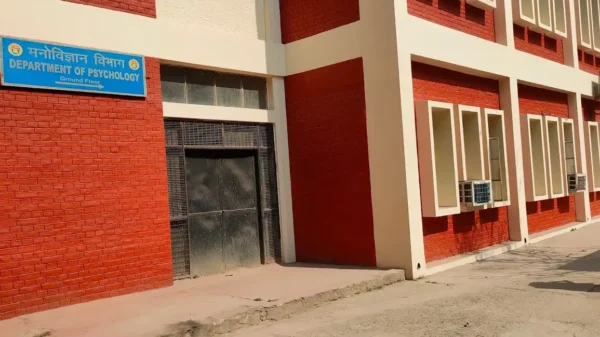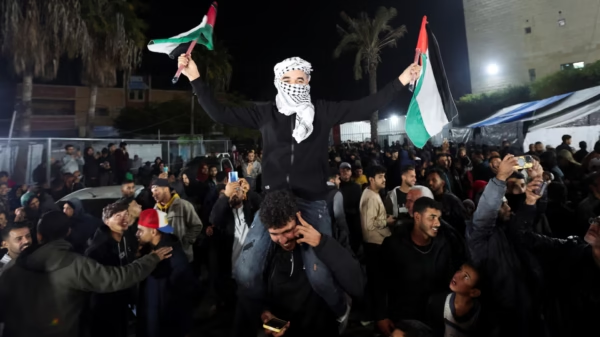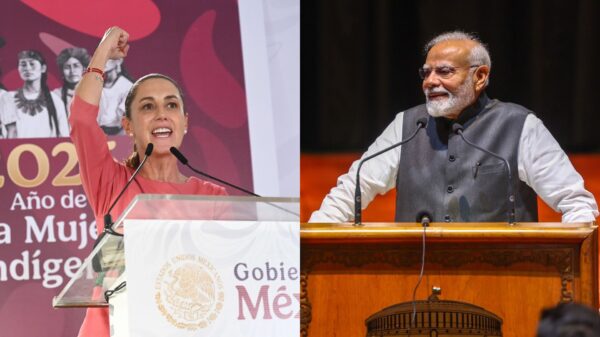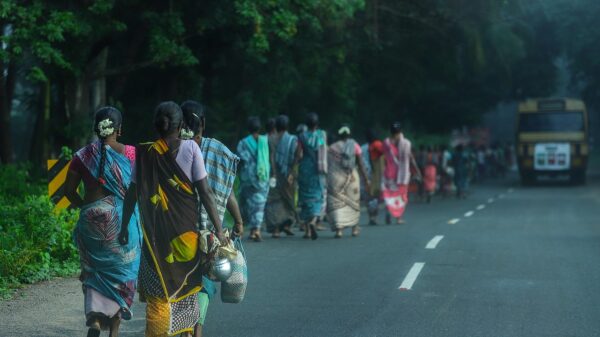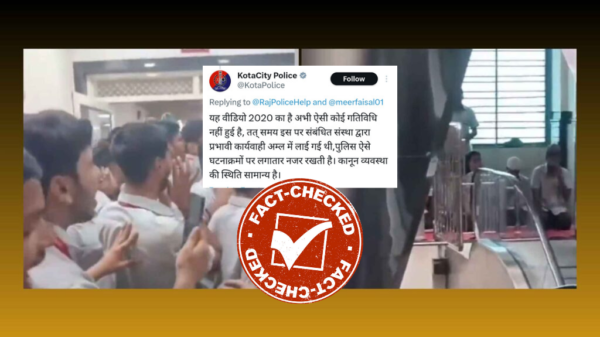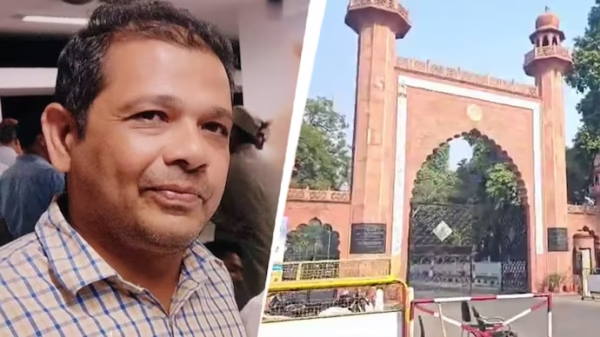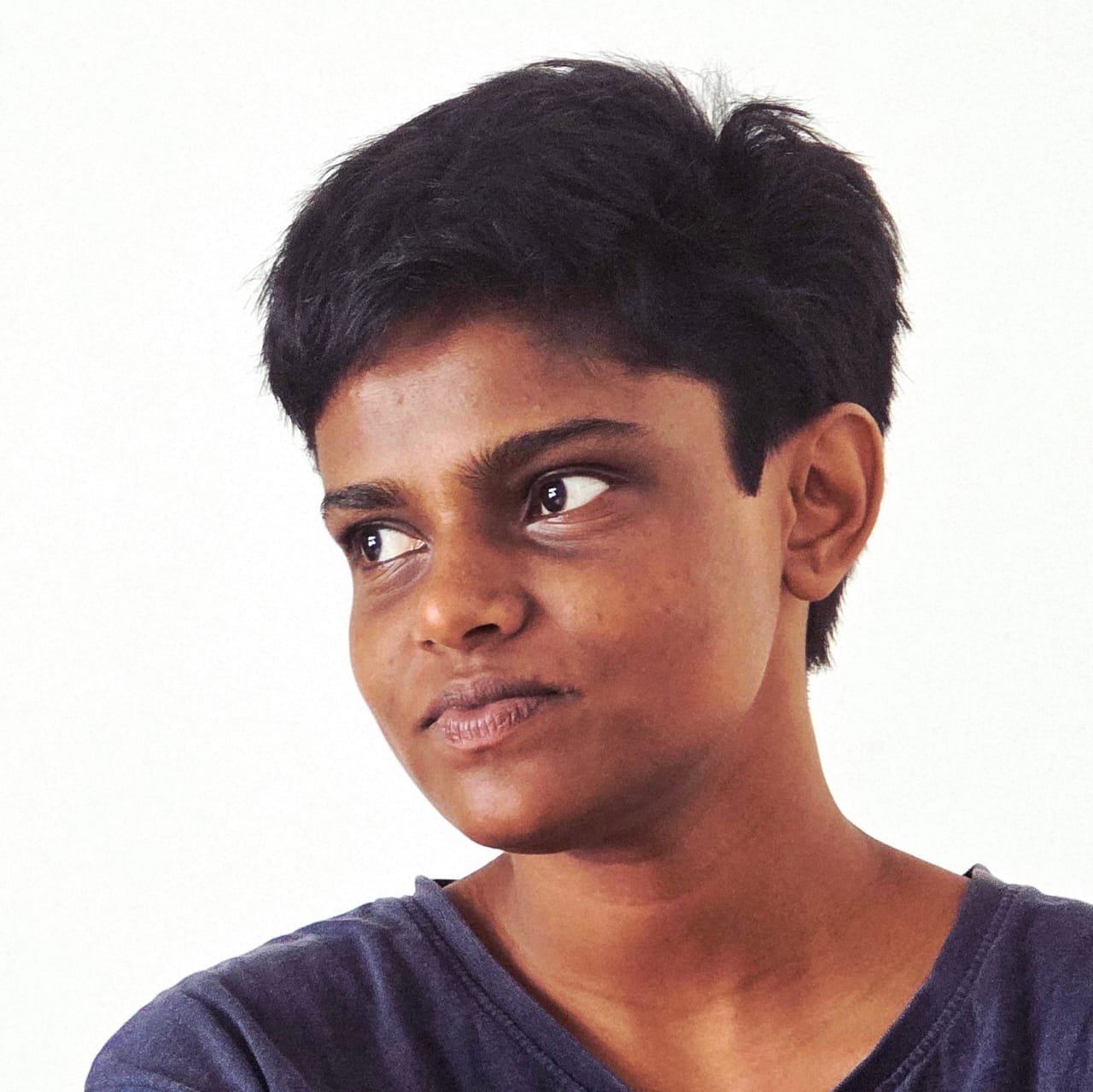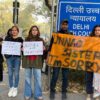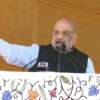Interviewer: K Shabas Haris
Sheethal N.S., a young filmmaker from North Malabar and a student of Film and Television Institute of India, Pune, brings to screen a powerful reimagining of Karinji, a lower-caste woman whose life and violent death in the early 20th century continue to haunt the oral traditions of the region. Blurring the lines between documentary and fiction, the 24-minute short film traces Karinji’s presence through scattered memories and spaces, reflecting how she lingers in the collective consciousness of the Thiyya community. Selected to the prestigious 30th Busan International Film Festival, Karinji marks Sheethal’s diploma project in film direction and screenplay writing. In this conversation, she opens up about the inspirations, challenges, and layered process behind her short film.
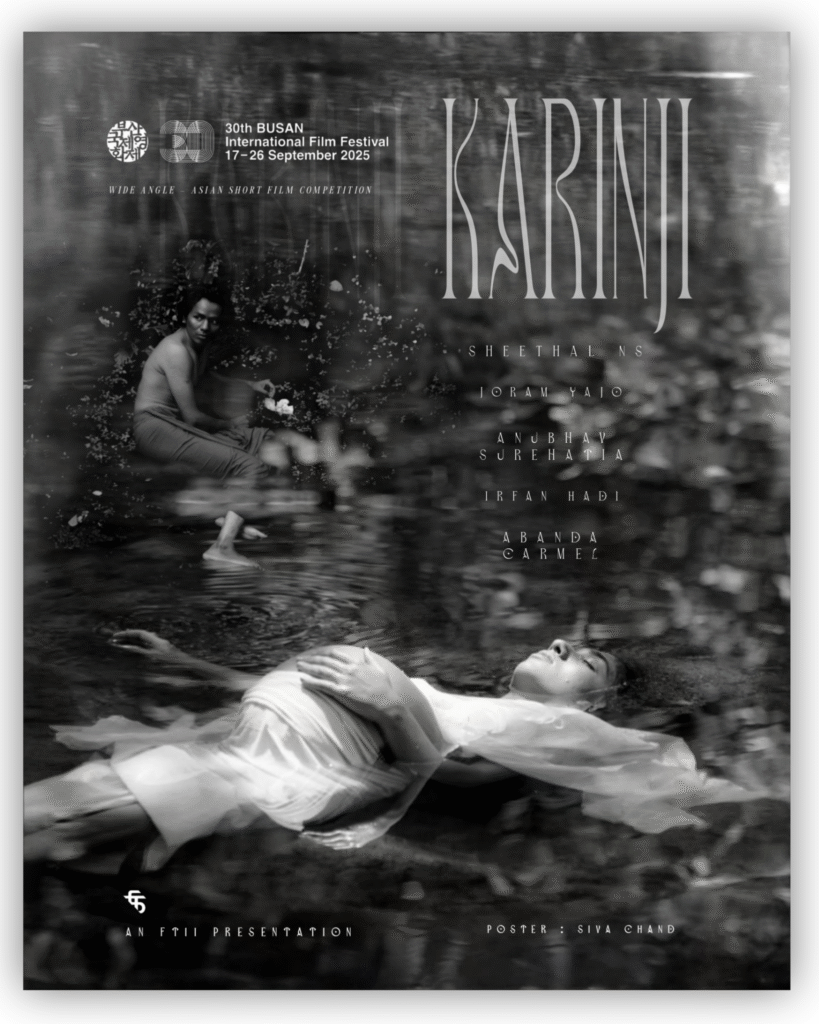
Question: Malabar, especially Kannur—your hometown—is a land rich in folklore and myths. Many of these stories reflect resilience against upper-caste oppression, and several highlight women who resisted patriarchal and Brahmanical aggressions. Karinji is one such tale. How did you first come across the story of Karinji, what impact did it have on you, and when did you decide to bring it to the screen?
Answer: I first heard of Karinji when my grandmother casually mentioned listening to her cry in her childhood, alongside other ghostly presences she had encountered in her childhood. The figure of Karinji, a pregnant ghost, raped and killed, left a deep emotional impression on me and stayed with me for years. When I later decided to make a film about her, I returned to this memory and began speaking with elders in my community. Through those conversations, I discovered a fragile and disappearing archive of local memory and oral histories full of strength and resistance.
Q. In the past, myths and rituals of the lower castes in Malabar were deeply connected to daily life, especially in agriculture and festivals. Do you think the rise of Hindutva narratives or the effects of globalization have changed these traditions and their role in society?
A. Yes, absolutely. The rituals, songs, and myths of lower-caste communities in Malabar were never abstract; they were deeply tied to labour rhythms, seasons, and rituals. They carried coded forms of resistance against caste hierarchy and patriarchy. Today, many of these traditions are either being erased or absorbed into a homogenized “Hindu” narrative under Hindutva, stripping them of their subversive edge. At the same time, there are artists and researchers who are trying to document and re-engage with these oral traditions before they disappear.
Q. Right after the opening scene, we see two lower-caste women engaged in casual conversation while working, showing how folklore was woven into everyday life. As a Gen Z filmmaker, how did you imagine and portray the lives of women laborers from centuries ago?
A. To imagine the lives of women laborers and how folklore was woven into daily life, I began by speaking with elders in my community and neighborhood. Their memories of the early twentieth century offered glimpses into the everyday textures of life, where songs and stories were inseparable from work and survival. On the other hand, I also studied colonial missionary photographs, some of which I first encountered through the writer Vinil Paul’s social media posts. These images became important visual references, but they also carried a colonial gaze I could not ignore. Holding together both sources, the intimate oral memory of elders and the distant gaze of photographs, helped me shape my approach. Rather than a literal reconstruction, I wanted to build an affective space that acknowledged these women’s lived presence.
Q. During the colonial period, entertainments like the circus played a big role in Malabar, especially in Thalassery. Figures like Keeleri Kunjikkanan and Kannan Bombayo became legends of that era. In your film, the colonial presence is shown through a foreigner taking photographs at a local wedding, alongside references to circus culture. What inspired you to conceive and include that scene?
A. Thalassery has a very particular relationship with colonialism. It was not only a military and trade hub but also a place where new cultural forms entered, printing, baking, cricket, circus.
For me, the film was also about the process of building the world of Karinji. The colonial photographs I drew from were both references and reminders of the gaze that once framed these histories. The image of the foreigner with a camera allowed me to reflect on my own gaze in returning to these stories. Different perspectives and narratives continue to shape what we see and remember.
Q. You chose Vadakkanpaattu as a background sound in your film. Why did you feel it was the right fit?
A. Primarily, I wanted to bring the rhythm of labour into the film. The ballad of Thacholi Othenan is one of Malabar’s most familiar oral traditions, celebrating the warrior hero. It was also sung as aravupattu, by women on the Thiyya pre-wedding night, while grinding coconut for the wedding next day. I chose it because it offered a sharp contrast, the marriage ritual and the heroic song of Othenan, set against Karinji’s unrecorded story, a woman violated and discarded, absent from the written histories but still breathing in the collective memory of a locality.
Q. In one striking moment, the screen goes dark, and we see a young girl narrates her experience of sexual abuse. In that moment of trauma, she recalls Karinji, connecting her pain to the victim in folklore. What does Karinji mean to you personally?
A. Karinji has held me together and given me immense strength during the times when I was navigating my own experiences of sexual trauma.
Q. Though the story is rooted in Kannur, Malabar, you shot the film in Ratnagiri, Maharashtra. What led you to choose Ratnagiri, and how did you find a location there that resembled the villages of Kannur?
A. As it was our FTII diploma project, we were restricted to shooting within a 200 km radius of Pune, which made finding the right locations a real challenge. We rode along the Maharashtra coast, from Mandwa to Alibag and further south, scouting villages and landscapes that might evoke North Malabar. It was only when we reached Guhaghar that we felt the geography, the laterite soil, the coconut groves, and the coastal light, everything, resonated with the world I had imagined for Karinji.
Q. The film is shot in monochrome, using long static frames, natural sounds, raw music, and wide shots. How did you design the visual language of the film, especially in staging the characters within these wide frames?
A. The decision to shoot in monochrome came early through discussions with the cinematographer. I think I chose to work in monochrome because it allowed me to strip the image down, closer to memory and feeling, rather than realistic detail. The stark feeling of Karinji was not colourful in my imagination. The long static frames and wide shots could have come from a desire to let time and space breathe, where duration itself becomes a way of listening. Natural sounds and raw, unpolished music felt truer to the world I was engaging with, resisting embellishment. In staging, I often placed the characters within wide frames where they are inseparable from their surroundings. The formal choices were mostly intuitive and difficult for me to articulate during the making of the film.
Q. Your film has been officially selected for the 30th Busan International Film Festival. How do you feel about this achievement, and what does it mean to you as a student filmmaker?
A. It feels wonderful! I am grateful that the film will now be seen beyond the FTII community and a few friends, which has been the only audience for our works so far. For me, the Busan selection is not just recognition, but also encouragement to stay true to one’s vision and continue experimenting with the cinematic form.

